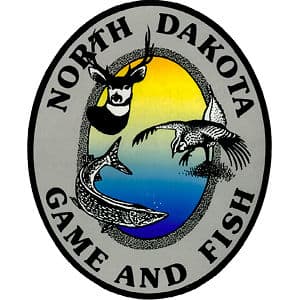North Dakota Bighorn Sheep Survey Shows Mixed Results

Even though results from this summer’s survey indicated the bighorn sheep population in western North Dakota remains steady, State Game and Fish Department biologists are concerned about a significant decline in the number of adult rams.
Brett Wiedmann, big game biologist in Dickinson, said the July-August survey showed a minimum of 299 bighorn sheep, unchanged from last year and only 17 percent below 2008’s record summer survey.
“Although the female segment of the population remained stable, we are concerned about another substantial decline in the number of rams, which was 11 percent below last year and 21 percent below the record observed in 2009,” Wiedmann said. “Annual survival of adult rams is typically very high, so we need to figure out why our ram population is continuing to decline despite reductions in hunting licenses.”
Survey results revealed 79 rams, 155 ewes and 65 lambs – a record 258 in the northern badlands (an increase of seven from last year’s record) and 41 in the southern badlands (down seven). “Bighorn sheep numbers increased again in the northern badlands but continue to struggle south of the Interstate,” Wiedmann said, while noting that a record 64 lambs were observed in the north, but only one in the south. “However, despite poor results in the southern badlands, the total number of lambs observed this summer surpassed the previous record of 60 in 2008.”
The department’s survey does not include approximately 30 bighorn sheep that inhabit the North Unit of Theodore Roosevelt National Park.
Annual bighorn sheep survey statistics are not recorded using a calendar year, but instead are done over a 12-month period beginning each April and ending the following March. Each summer, Game and Fish Department biologists count and classify all bighorn sheep, a process that takes nearly six weeks to complete as biologists locate each bighorn herd in the badlands by tracking radio-marked animals from an airplane, and then hike into each group to record demographic data using a spotting scope and binoculars. Biologists then complete the annual survey by recounting lambs in March to determine lamb recruitment, or lambs that survive the first winter.
North Dakota’s bighorn sheep hunting season opens Oct. 25 and continues through Nov. 7. Game and Fish issued four licenses this year, the same as in 2012.

